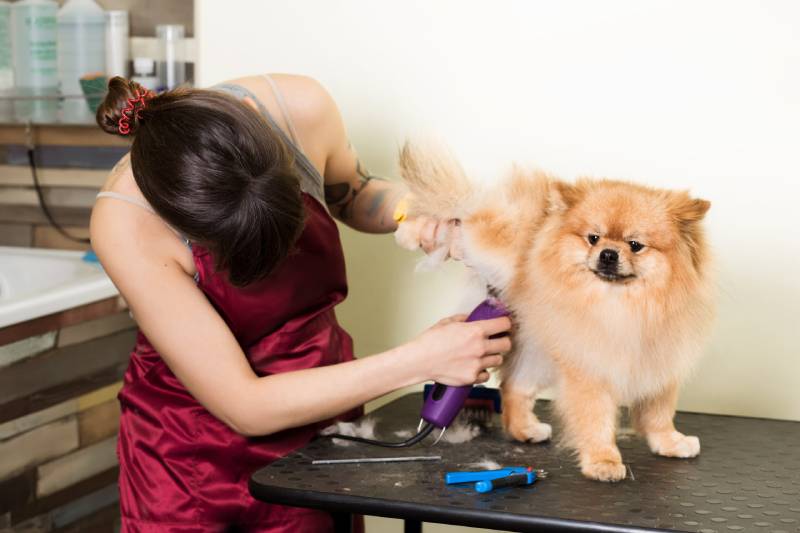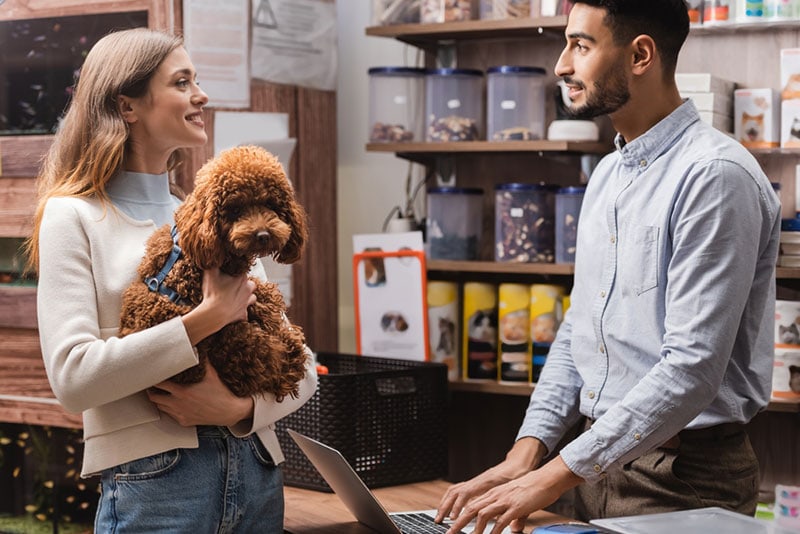
As a business owner in the pet industry, you understand the importance of exceeding your client’s expectations with high-quality products, services, and customer experiences. Not only does customer satisfaction lead to better retention rates, but it also generates more consistent and predictable revenue streams, which contributes to long-term profitability.
In this guide, we’ll explore five tips for creating meaningful connections with your clients. Whether you own a grooming salon, dog-walking service, or pet supply store, this information will help you maintain a thriving business filled with satisfied and loyal customers.
The 5 Tips for Building Relationships with Your Clients
1. Provide Excellent Customer Service
Pets hold a special place in the hearts of their owners, and it’s your job to care for their beloved companions. By providing best-in-class service, you help pet owners feel confident when entrusting their animals to your business.
To improve your customer service, you should:
When pet owners have a positive experience with your business and receive attentive care for their animals, they are more likely to return for future services.

2. Personalize Communications
Personalization allows businesses to deliver a more relevant and engaging experience for their customers. By understanding customers and their pets, you can provide tailored recommendations, offers, and content that align with their interests and needs. This not only improves customer satisfaction but also increases the likelihood of repeat purchases and positive word-of-mouth referrals.
Get to know your clients on a deeper level and appeal to their preferences by:
Keep in mind that personalization will vary depending on the communication channel that you’re using. For example, personalized social media messaging is often limited to direct messages and targeted ad campaigns, whereas an email message can be entirely tailored from start to finish.
3. Gather Feedback
Positive reviews and referrals from satisfied customers can lead to increased revenue, a stronger client base, and sustainable growth. After providing your service, follow up and gather feedback through:
You should also train staff to actively seek feedback during interactions with customers, asking open-ended questions and actively listening to their responses. This direct approach provides an opportunity to address concerns immediately.

4. Create Loyalty Programs and Incentives
Think about the customers who continually leave positive reviews, respond to your communications, and have been bringing their pets to your business for years.
A loyalty program rewards these customers for their continued support and engagement by offering incentives, rewards, discounts, and exclusive benefits. In turn, you can increase customer retention and foster brand loyalty.
To get started, work with your team to create appealing customer appreciation gifts. Depending on your budget and resources, these may include:
Most loyalty programs use a points system to ensure prizes remain exclusive. Each time a customer makes a qualifying purchase or takes a specific action, such as referring a friend or leaving a review, they earn a designated number of points. The more they engage with the business, the more points they accumulate. These points can then be redeemed for rewards, discounts, or exclusive benefits.
5. Engage the Community
For pet businesses aiming to improve customer relations, community engagement is vital. According to NXUnite’s guide to community outreach, it helps to establish your brand as a trusted and socially responsible entity.
For the best results, your business should:
Each time you support a local initiative or take part in community outreach, consider writing a short blog post about your experience, explaining what you learned and helped accomplish. Adding this to your company website will show potential customers that you care.

Conclusion
Now it’s time to build better relationships with your pet business clients! Remember that relationship building takes time, effort, and genuine care. By implementing these tips, you’ll receive long-lasting support that allows you to serve more furry friends.
Featured Image Credit: PetKeen.com









